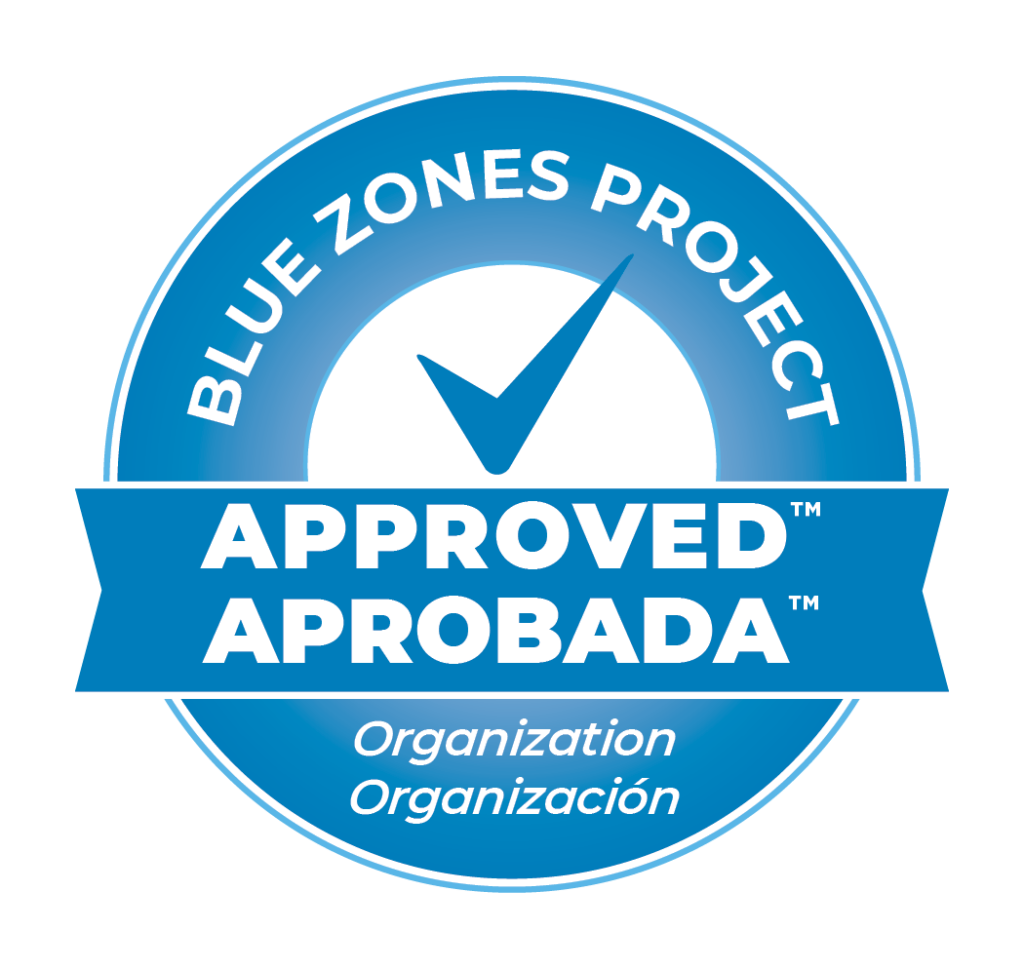
Studies show that people who exercise regularly have better mental health and emotional well-being, as well as lower rates of mental health issues. Taking up exercise appears to reduce the risk of developing mental illness. It also seems to help in treating some mental health conditions, such as depression, anxiety, and eating disorders.
People who exercise regularly tend to do so because it gives them an enormous sense of well-being. They feel more energetic, sleep better, have sharper memories, and feel more relaxed and positive about themselves and their lives.
And you don’t have to be a fitness fanatic to reap the benefits. Research indicates that modest amounts of exercise can make a big difference. No matter your age or fitness level, you can learn to use exercise as a powerful tool to deal with mental health problems, improve your energy and outlook, and get more out of life.
Even if you’re not suffering from a mental health problem, regular physical activity can still offer a welcome boost to your mood, outlook, and mental well-being.
Exercise can help provide:
- Sharper memory and thinking
- Higher self-esteem
- Better sleep
- More energy
- Stronger resilience
Getting started with exercise when you have a mental health issue
Many of us find it hard enough to motivate ourselves to exercise at the best of times. But when you feel depressed, anxious, stressed, or have another mental health problem, it can seem doubly difficult.
You don’t have to spend hours in a gym or force yourself into long, boring workouts to experience the many benefits of exercise. These tips from helpgude.org can help you find activities you enjoy and start to feel better, look better, and get more out of life.

Start small. When you’re under the cloud of anxiety or depression and haven’t exercised for a long time, setting extravagant goals like completing a marathon or working out for an hour every morning will only leave you more despondent if you fall short. Better to set achievable goals and build up from there.
Schedule workouts when your energy is highest. Perhaps you have most energy first thing in the morning before work or school or at lunchtime before the mid-afternoon lull hits? Or maybe you do better exercising for longer at the weekends. If depression or anxiety has you feeling tired and unmotivated all day long, try dancing to some music or simply going for a walk. Even a short, 15-minute walk can help clear your mind, improve your mood, and boost your energy level. As you move and start to feel a little better, you’ll often boost your energy enough to exercise more vigorously
— by walking further, breaking into a run, or adding a bike ride, for example.

Focus on activities you enjoy. Any activity that gets you moving counts. That could include throwing a Frisbee with a dog or friend, walking laps of a mall window shopping, or cycling to the grocery store. If you’ve never exercised before or don’t know what you might enjoy, try a few different things. Activities such as gardening or tackling a home improvement project can be great ways to start moving more when you have a mood disorder — as well as helping you become more active, they can also leave you with a sense of purpose and accomplishment.
Be comfortable. Wear clothing that’s comfortable and choose a setting that you find calming or energizing. That may be a quiet corner of your home, a scenic path, or your favorite city park.

Reward yourself. Part of the reward of completing an activity is how much better you’ll feel afterward, but it always helps your motivation to promise yourself an extra treat for exercising. Reward yourself with a hot bubble bath after a workout, a delicious smoothie, or with an extra episode of your favorite TV show, for example.
Make exercise a social activity. Exercising with a friend or loved one, or even your kids, will not only make exercising more fun and enjoyable, it can also help motivate you to stick to a workout routine. You’ll also feel better than if you were exercising alone. In fact, when you’re suffering from a mood disorder such as depression, companionship can be just as important as exercise.

Move-in and around your home. Clean the house, wash the car, tend to the yard and garden, mow the lawn with a push mower, sweep the sidewalk or patio with a broom.
Sneak activity at work or on the go. Bike or walk to an appointment rather than drive, use stairs instead of elevators, briskly walk to the bus stop then get off one stop early, park at the back of the lot and walk into the store or office, or take a vigorous walk during your coffee break.
Get active with the family. Jog around the soccer field during your kid’s practice, make a neighborhood bike ride part of your weekend routine, play tag with your children in the yard, go canoeing at a lake, walk the dog in a new place.

Get creative with exercise ideas. Pick fruit at an orchard, boogie to music, go to the beach or take a hike, gently stretch while watching television, organize an office bowling team, take a class in martial arts, dance, or yoga.
The bottom line is, to make exercise a fun part of your everyday life, reaping the mental health benefits of exercise is easier than you think. In fact, even a little exercise is better than none at all!




